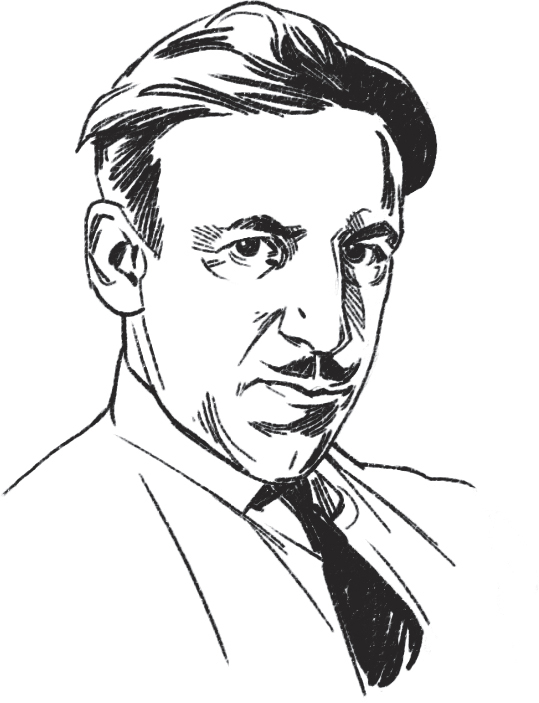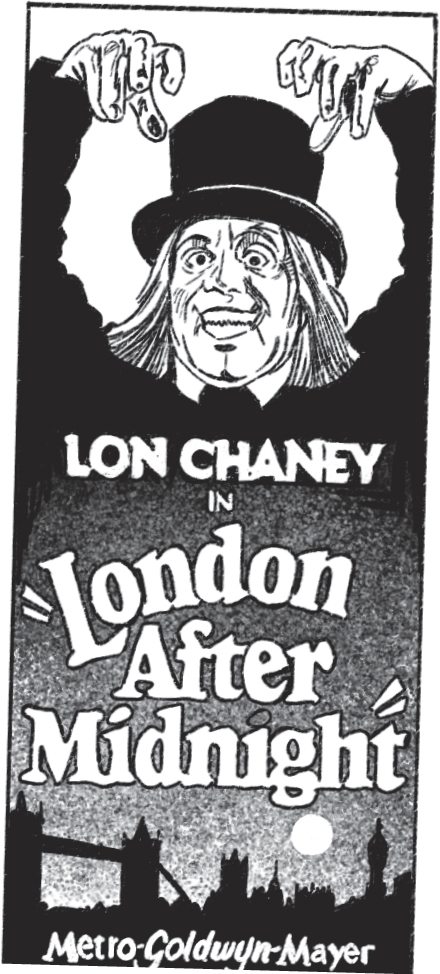CHAPTER 7
“I Never Drink . . . Wine”
Carl Laemmle Jr. thought the role of Count Dracula would be perfect for Lon Chaney, an American actor who had starred in some Universal films. But Lon Chaney was not available to play Dracula, so he chose Bela Lugosi for the role. He also hired several people to write a new version of Dracula for the screen. Lucy and Mina were once again two separate characters, rather than merged in a single character as they had been onstage. But Mina’s character became the daughter of Dr. John Seward.Arthur Holmwood and Quincey Morris were not a part of the movie story, but the Van Helsing character was.

Tod Browning
The movie was directed by Tod Browning, who had already shown talent for making creepy movies. In 1927, he directed London After Midnight, set partly in a bat-filled house where a murder had taken place. Years earlier, Browning had wanted to direct a film of Dracula. But Carl Laemmle Sr. was not a fan of horror stories and said no. Now the director could finally make his Dracula—and with sound!

In Bram Stoker’s book, the count is clearly a frightening character. But early ads for the Universal Pictures film suggested that Dracula was almost a romantic figure, whom women could not resist. Some people at Universal realized their audiences liked scary movies, and the ads for the film were changed to describe Dracula as “Weird! Terrifying! Sinister! Fascinating!”
As in the book, this version of Dracula opens in Transylvania. Renfield, not Jonathan Harker, is the lawyer who comes to Count Dracula’s castle. He is there to discuss property the count wants to buy in London. The vampire smiles as a wolf howls in the distance. “Listen to them,” he says to Renfield. “Children of the night. What music they make!” In another famous scene, Dracula is offered a drink. He replies, “I never drink . . . wine.” This is Dracula’s way of saying he does not need the food and drink humans enjoy. All he really needs is blood!


Universal’s Dracula earned $120,000 in just eight days after it opened in 1931, a time when movie tickets cost about twenty-five cents each! The astonishing success of Dracula showed how much people enjoyed being scared while sitting in a dark movie theater. That summer, Universal Pictures began filming another well-known horror story: Frankenstein was released in November 1931. It was also a huge hit.
In 1938, theaters began showing double features of Dracula and Frankenstein together. In some cities, thousands of people lined up to see the frightening films.
